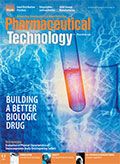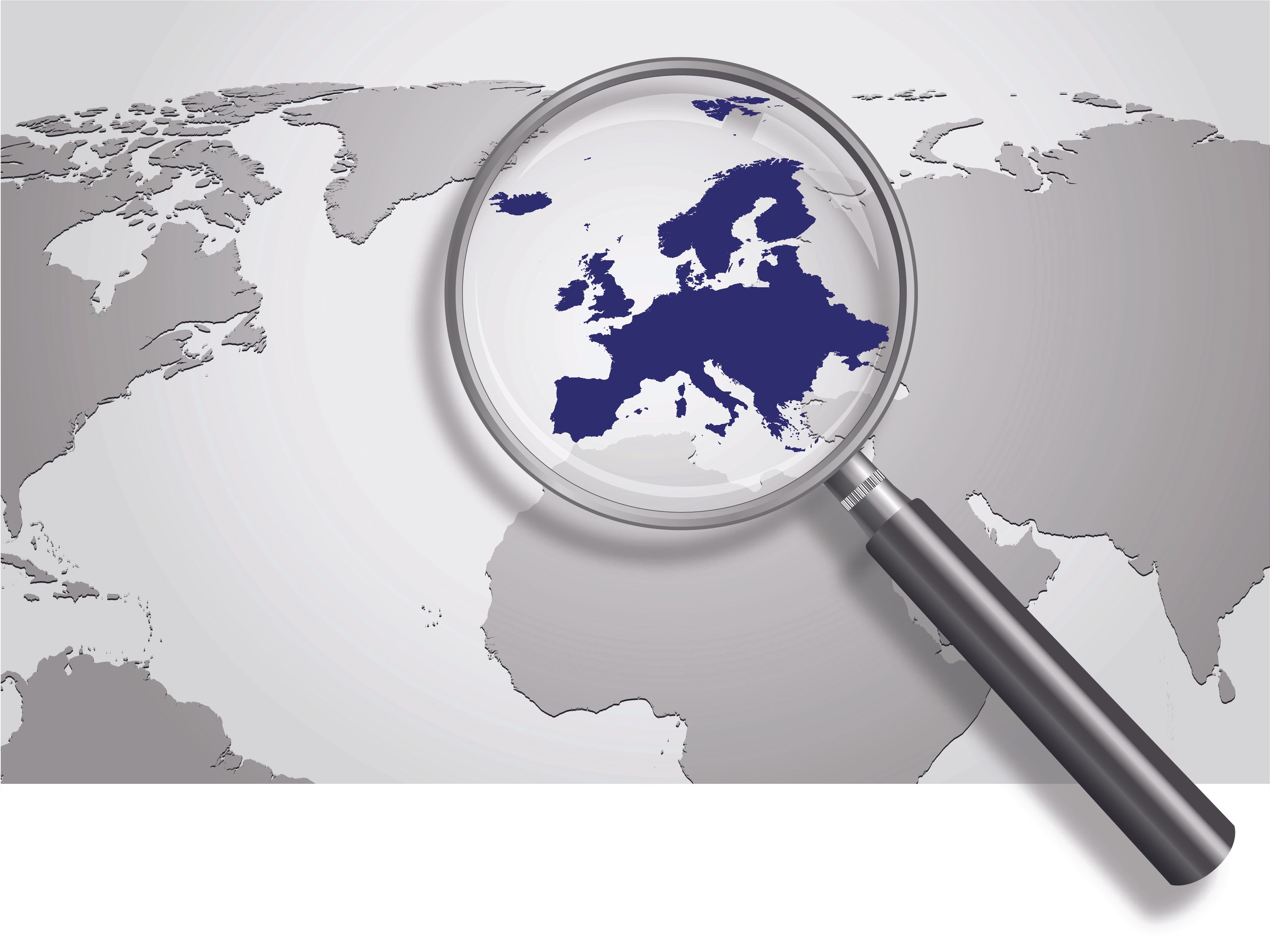Publication
Article
Pharmaceutical Technology
Reducing the Risk of Pharma Air Transport
Author(s):
Air transport continues to be the most secure way to ship valuable therapies, but it is also the riskiest. Standards are helping to improve service quality.
FISHER PHOTOSTUDIO/SHUTTERSTOCK.COM

Several years ago, groundbreaking studies revealed the losses that pharmaceutical companies incur each year as a result of temperature excursions or transportation delays. In 2014, analysts at IMS Health found that the top 10 pharmaceutical companies lost $16 billion worth of product each year, 20 times the average pharma company’s price-to-earnings ratio, due to transportation problems and resulting temperature excursions and other delays. For the entire pharmaceutical industry, losses exceeded $35 billion (1).
International shipments have proven the riskiest. The product is out of the pharmaceutical manufacturer’s control, and manufacturers need to rely more on subcontractors, third-party logistics companies, and other partners whose primary focus may not be pharma, said Rafael Palma, regional logistics manager for Latin America for AbbVie, during a webcast at the Temperature-Controlled Logistics online conference in March 2018 (2).
Of all the modes of global pharma transportation, air transport has been deemed the most potentially risky, accounting for 80% of all reported temperature excursions (3). Within a plane, turbines can generate heat, leading to potential temperature exposure problems, but the challenges only intensify once the product moves outside the plane. Delays during which pharma cargo is left waiting on the airport tarmac can leave product vulnerable to temperatures that can be 50 °F higher than ambient levels (1).
Delays caused by product transfers are also part of the problem. In Brazil, for example, Palma said on the webcast, it can take 10 to 20 days just to get the permits required to move product from the airport to ground transportation. “End-to-end risks and lead times must be considered closely,” he said.
Regulators and standard setting groups, notably the European Commission, have promoted current good distribution practice (cGDP) guidelines to ensure that best practices for temperature control and optimal risk assessment and management practices are used (4). More countries have set requirements for temperature traceability, and new regulations have been established, not only in the European Union but in Canada, Israel, Saudi Arabia, and Peru, Palma told attendees at the webcast (2).
Reducing temperature excursions
At the same time, all stakeholders, from pharmaceutical manufacturers to third-party logistics companies, shippers, airlines, airports, freight handlers, and packaging companies, have been working to reduce opportunities for temperature excursions. One of the most significant achievements to date has been the establishment of the International Air Transport Association’s (IATA’s) Center of Excellence for Independent Validators (CEIV) Pharma Logistics program in 2014 (5).
CEIV’s goal is to amalgamate local regulations and standards to set global air transportation standards for pharmaceuticals, to certify stakeholders that use best practices, and to encourage collaboration and communication between different stakeholders. The effort was a practical response to the fact that air transportation had lost ground to ocean transportation, and fell from 17% in 2000 to 11% of all transportation in 2013. According to recent estimates, 3.5 million metric tons (m.t.) of pharmaceuticals were shipped by ocean in 2016, compared with 0.5 million m.t. by air (3). However, IATA saw demand for pharmaceutical air cargo shipments growing 9% in 2017 (6).
Since it was established, CEIV’s effort has been making progress in reducing the number of temperature excursions. At the 2018 Temperature Controlled Logistics Conference, Francisco Rizzuto, cargo specialist and manager at IATA noted that 221 organizations are currently CEIV-certified, and over 75 more companies are in the process of becoming certified. CEIV has also launched a bulletin board, designed to help pharmaceutical and biopharmaceutical companies locate business partners that have been certified (7).
Shippers responsible under GDP
As Rizzuto noted, global GDP regulations assign shippers with the responsibility of securing the transportation chain, from the manufacturing plant to the patient. As the pharma and biopharma markets grow, he said, lane validation based on clear risk assessment is especially important in emerging markets and unknown territories.
It has become imperative that freight forwarders help and support shippers in these efforts. However, Rizzuto said it is crucial for pharmaceutical companies to learn how the air cargo industries, and particularly, how airports work, in order to improve communication. There should be some understanding of capabilities at sourcing airports says Palma. “A lot of truck transportation is used in Europe, but a key question is how much product can be kept waiting in a truck safely? Based on each shipping lane, companies need to understand specific issues,” he said at the webcast (2).
Meanwhile, pharma companies should also communicate more clearly with cargo firms, noted Rizzuto.“Air cargo companies need to be made aware of the consequences of temperature excursions,” he said.
PIL, not PER!
One important step that more companies must learn, Rizzuto said, is that pharmaceuticals should not be shipped as “perishables” with the PER label, but as pharmaceuticals, with the PIL label, in order to be handled properly. Some companies have attempted to reduce costs by going with the more basic label, and that has often led to service and quality problems.
Generally, choice of transportation mode will impact cost. Controlled room temperature requirements will raise shipping costs, noted Palma on the webcast (2), with air transport in active or passive shippers leading to a 70–80% cost increase, compared to reefer trucks and containers, which would increase costs by 15–25%. However, air transport offers enhanced security, he said, which can be particularly important for high value products.
As Rizzuto noted, IATA is working to update certification requirements, continuously, to reflect changes in regulations (6). In the meantime, individual airports are reporting significant improvements, such as Brussels Airport’s BruCargo arm, which is collaborating with Johnson & Johnson, Pfizer, and Merck, as its strategic pharma advisors.
The airport invested 68% more in its pharma services in 2017, and saw temperature and other nonconformances drop 45% that year, according to Nathan De Valck, Cargo and Product Development Manager at the Brussels Airport Company, who spoke at IATA’s annual meeting in March 2018 (8). Milan Airport, which is CEIV certified, found irregularities decreased 77% between 2016 and 2017 (6).
The CEIV initiative is stimulating the use of new technologies, such as thermal blankets and cabinets designed to keep temperature-sensitive pharmaceuticals at stable temperatures for 26–32 hours on any airport tarmac. However, Rizzuto said, the right packaging is crucial, and manufacturers need to devote time to ensuring that product leaves the facility in the best possible packaging designed for the specific conditions of that particular destination and shipping lane.
While collaborative efforts with CEIV are leading to improved shipping solutions, they may also result in some new technologies. Two CEIV-certified airlines, Air Bridge Cargo in Russia and Cargo Logic in the United Kingdom, are currently working with SITAOnAir to use its Internet of Things technology to allow the two carriers to monitor the movement of pharmaceuticals in real time (9).
References
1. Cargosense Infographic, cargosense.com
2. Webcast, “How to Safeguard Controlled Room Temperature Medicines on the Move,” Temperature Controlled Logistics, March 13-14, 2018, PharmaIQ.com
3. A. Shanley, PharmTech, 42(3), pp. 60-63, 2018.
4. European Commission, Guidelines on Good Distribution Practice of Medicinal Products for Human Use, 2013/C 343/01, November 2013.
5. A Shanley, PharmTech, 40(8), p. 56-57, 2016.
6. C. Henry, “IATA Hopeful for the Future of Pharma Air Freight,” PharmaLogisticsIQ.com, March 23, 2018.
7. IATA’s CEIV Bulletin Board, iata.org
8. N. De Valck, “Building a Pharma Cargo Community,” iata.org, March 2018.
9. Press Release, sitaonair.aero, July 18, 2018.
Article Details
Pharmaceutical Technology
Vol. 42, No. 8
August 2018
Page: 54–55
Citation
When referring to this article, please cite it as A. Shanley, “Reducing the Risk of Pharma Air Transport," Pharmaceutical Technology (8) 2018.

Newsletter
Get the essential updates shaping the future of pharma manufacturing and compliance—subscribe today to Pharmaceutical Technology and never miss a breakthrough.





